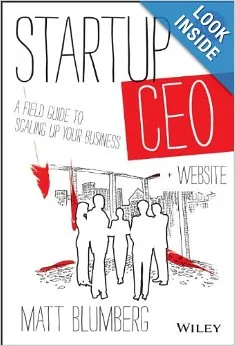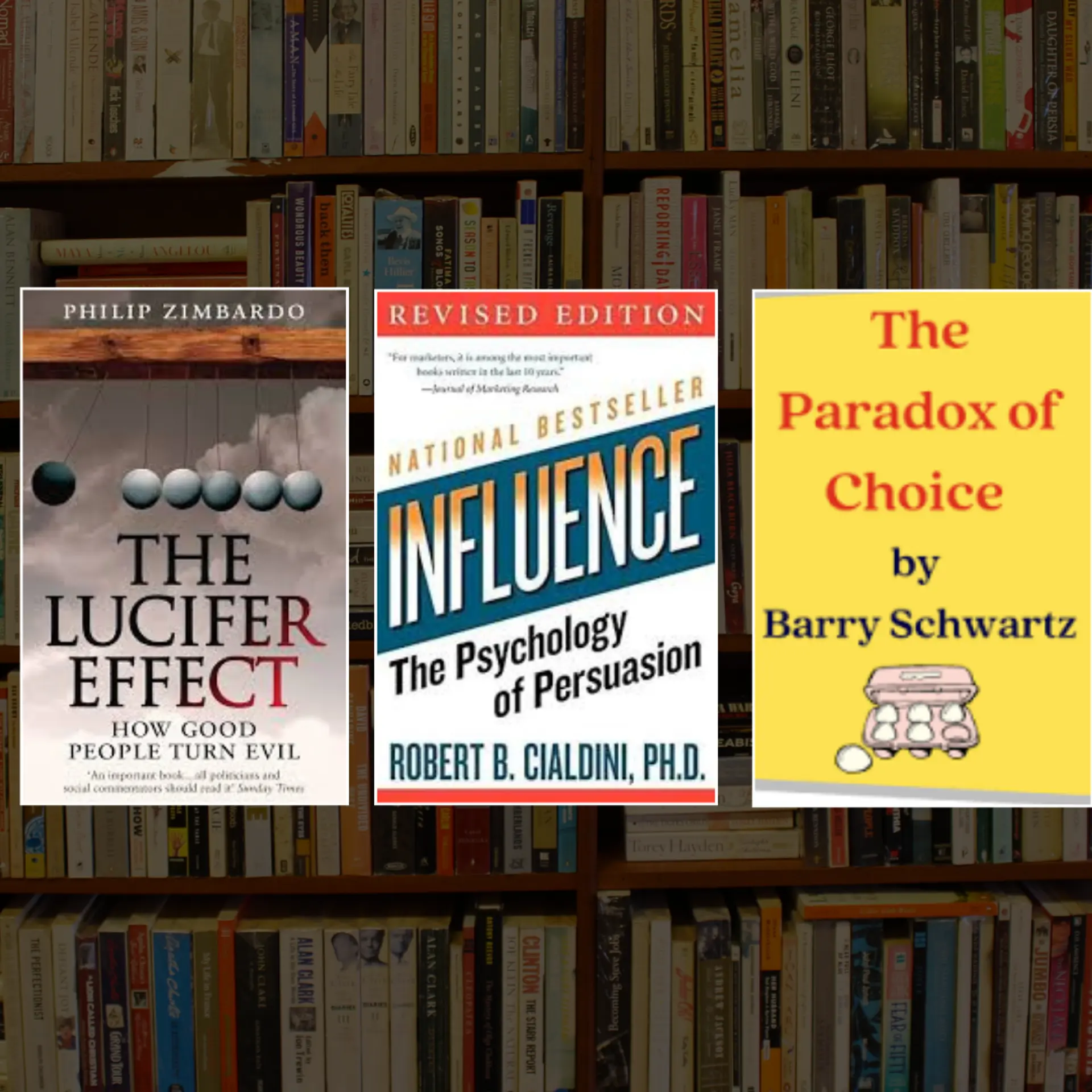Startup CEO: A Field Guide to Scaling Up Your Business - Matt Blumberg

The journey of a startup founder from product stage to full-fledged company CEO with investors and a global market is full of ups and downs, as described in the book, “Startup CEO.” Much media attention focuses on the glamour and thrills of successful startups, but the truth is that there is also a lot of painstaking management work and even heartbreak at the back-end.Author Matt Blumberg (@MattBlumberg) is the co-founder, CEO and chairman of email solutions provider Return Path, founder in 1999. The company now has more than 325 employees in offices across the US, Canada, UK, Germany, Australia and Brazil. Matt is an active blogger, and was previously at MovieFone (acquired by AOL), General Atlantic Partners, and Mercer Management Consulting. He holds a B.A. from Princeton University.
The writing style of the book comes across as a mix of management 101 and startup diary, which will be especially useful for those startup founders who have a largely tech background. The Web companion has a wide range of free resources: videos, forms and spreadsheets. This is the third book in the Startup Revolution series.
Matt draws on other excellent books as references, such as Four Steps to the Epiphany (Steven Blank), and Running Lean (Ash Maurya’s Lean Canvas Business Plan).
The “Startup CEO” book is divided into five parts, and the material is packed with inputs from Matt’s colleagues, investors, directors and other entrepreneurs. I have summarised some of the key themes in Table 1.
Table 1: Tasks and steps for a startup CEO
Stories paint a picture of what the future could be; they engage the audience and inspire them to act. They gave meaning to broader trends and data analytics. Stories can connect to and build on other earlier stories, explains Matt.
In business terms, stories should factor in customer pain points, market opportunities, economics and strategic fit for the startup. Metaphors and ‘analog analogues’ help buttress the story for digital products. Variations of the market story need to be pitched to investors and employees.
Bottom-up and mixed approaches to employee participation should be used to craft the vision-mission-values-goals statements. Over the years, the story should be revised to accommodate the needs of diversification, consolidation, re-focus, and pivots. Turning points can include change in the size of the company (upto 25 employees; 25-100; more than 100) or number of locations (more than one national office; more than one global office).
“Hiring isn’t just your most important job – it’s also your hardest,” Matt cautions CEOs. Talent acquisition does not end with the hiring process, but begins with hiring. Diversity of expertise and attitude are needed (‘team of rivals’) – a mix of optimist and even paranoid employees.
A culture of productivity, learning and quality should be nurtured. One challenge in a startup is that job roles change frequently due to new product launches and changes in the market.
Failures should be treated as learning opportunities, and not penalised; but the same mistake should not be made twice, and it is important to learn from the mistakes of other companies too. "If you don't give your team permission to fail, you're not giving them permission to innovate," Matt advises.
Permission to fail is critical in a startup or growth company. Matt explains that he begins management training sessions by telling employees that he has made more mistakes than everyone else in the company combined!
He cites Laura Mather, founder of Silver Tail Systems: “Success isn’t measured by your lack of stumbles but by the quality of your recoveries.”
Employees should be rewarded not just for good performance but for going beyond the call of duty, and also for their inputs into strategic thinking. Promotions and job rotations for broader exposure can be useful but should be treated with care; not everyone makes a good manager or can take on new skills.
Sample reward and award schemes Matt cites are: EE (everyday excellence), ABCD (above and beyond the call of duty), WOOT (working out of title), OTB (on the business), TLAO (think like an owner), and other informal awards for those who bring joy and laughter to the workplace.
At different stages, a startup will be focused more on product development, business growth, profitability, frugality, and scale through investments, acquisitions and global expansion. For this, the startup CEO will need to understand the ‘good, bad and ugly’ of venture capital, angel investors, strategic investors, convertible debt, venture debt, bank loans, personal loans and customer financing.
Special skills will be needed for managing during tough times such as economic downturns. “Hope is not a strategy, but it’s not a bad tactic,” explains Matt. “Never waste a good crisis,” he adds, showing how tough changes can be pushed through which turn out to be effective afterwards as well.
For effective management, Matt classifies meetings into four types: daily check-in, weekly tactical, monthly/adhoc strategic, and quarterly offsite. At the same time, CEOs should learn to ‘embrace messiness’ and deal with the inherent uncertainty of startup life.
Facilitators, consultants, coaches and mentors come into play for different activities in the startup journey (eg. organisational design, management styles, personal growth and discovery, performance excellence). Startup CEOs will also need to learn about the rationale and execution challenges of different kinds of acquisitions: for technology, market, business lines, or teams (‘acqui-hiring’).
Depending on the regulations in a country, there are different requirements for a board of directors as per a company’s size or investment structure. CEOs should leverage the board composition for gain: venture directors, management directors, and independent directors.
CEOs can also serve on the boards of other organisations, which can be a rewarding and learning experience in itself; joining peer groups with other CEOs also helps get new insights.
At the end of the day, CEOs should be asking themselves key questions such as: am I having fun at work, am I learning and growing, is my work rewarding, and am I making an impact on the world?
Being a startup CEO may be one of the hardest, riskiest and loneliest jobs in the world – but also one of the most rewarding, Matt concludes.
[Follow YourStory's research director Madanmohan Rao on Twitter]







